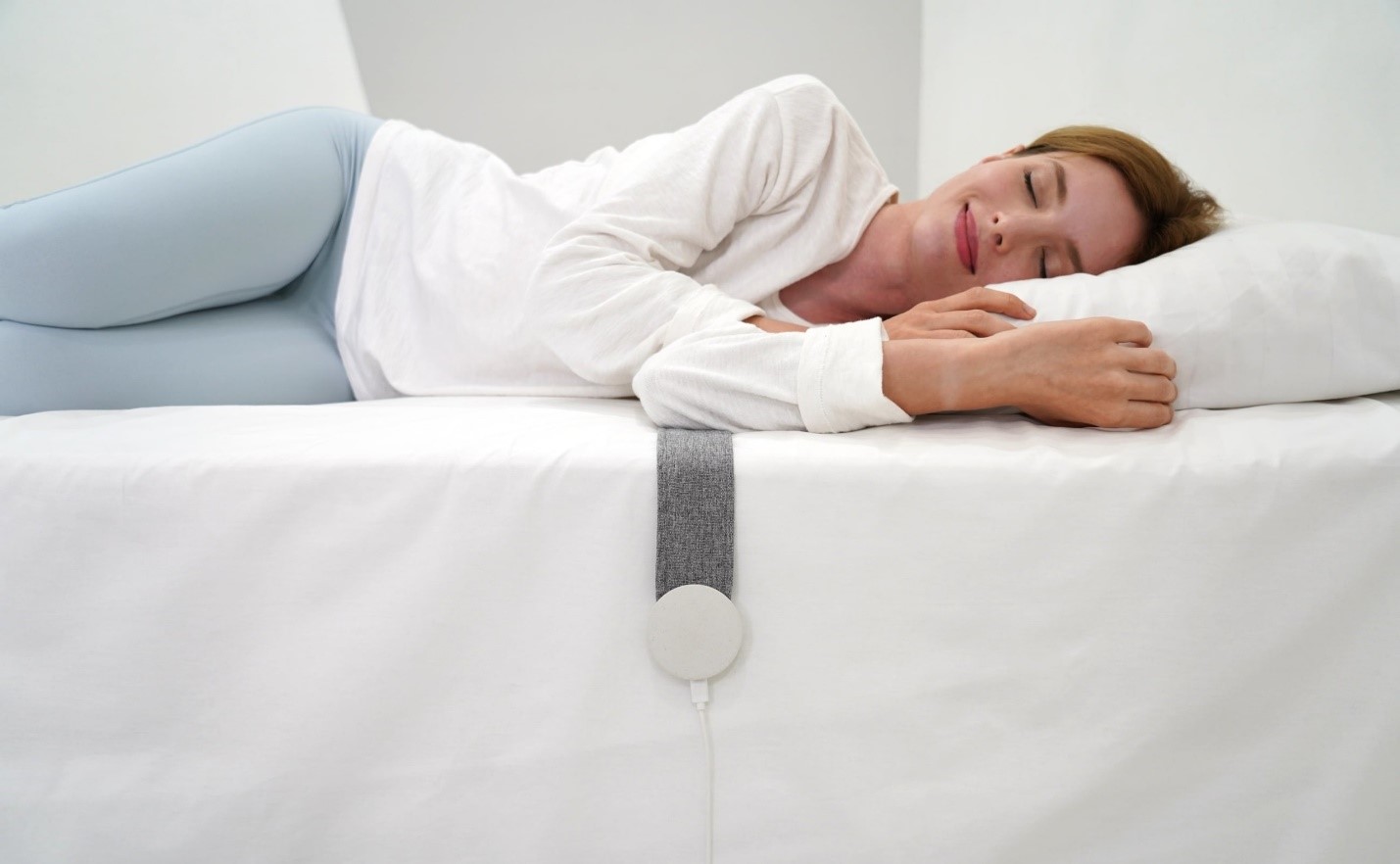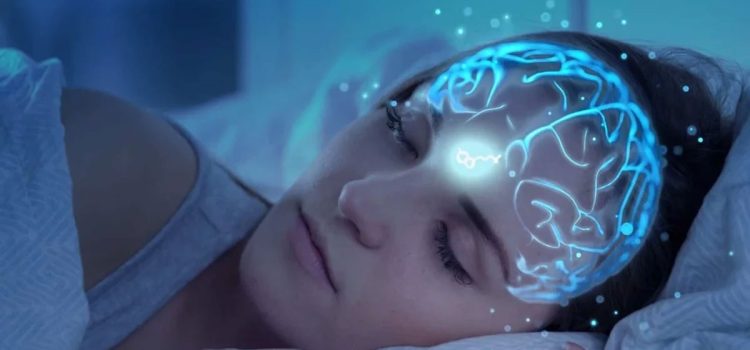
Sleep, an essential component of human health and well-being, has long been a subject of fascination and study. As our understanding of sleep deepens, so too does our ability to innovate and improve the ways in which we rest and recover. This article delves into the future of sleep science and the groundbreaking innovations that promise to transform how we approach sleep.
The Importance of Sleep
Before exploring the innovations in sleep science, it is crucial to understand why sleep is so vital. Sleep is not merely a period of rest; it is an active process that supports various physiological and psychological functions. Adequate sleep is essential for cognitive function, emotional regulation, physical health, and overall quality of life. Chronic sleep deprivation has been linked to a myriad of health issues, including cardiovascular disease, diabetes, obesity, and mental health disorders.
Emerging Trends in Sleep Science
1. Personalized Sleep Solutions
One of the most promising trends in sleep science is the move towards personalized sleep solutions. Advances in technology have enabled the development of devices and applications that can monitor and analyze individual sleep patterns. Wearable sleep trackers, such as smartwatches and fitness bands, use sensors to collect data on sleep duration, quality, and stages. This data can then be used to provide personalized recommendations for improving sleep.
For instance, some devices can suggest optimal bedtimes based on an individual’s circadian rhythm, while others can offer insights into how lifestyle factors, such as diet and exercise, impact sleep. Personalized sleep solutions empower individuals to take control of their sleep health and make informed decisions to enhance their rest and recovery.
2. Smart Sleep Environments
Another exciting innovation in sleep science is the development of smart sleep environments. These environments leverage technology to create optimal conditions for sleep. Smart mattresses, for example, can adjust their firmness and temperature based on an individual’s preferences and needs. Some mattresses even come equipped with sensors that monitor sleep patterns and make real-time adjustments to improve comfort and support.
In addition to smart mattresses, there are also smart pillows, sleep masks, and lighting systems designed to enhance sleep quality. Smart pillows can track head movements and provide gentle vibrations to encourage side sleeping, which can reduce snoring and improve breathing. Sleep masks with built-in sensors can monitor brain activity and use light and sound to facilitate relaxation and sleep. Smart lighting systems can mimic natural light patterns to help regulate circadian rhythms and promote better sleep.

3. Sleep and Mental Health
The relationship between sleep and mental health is a burgeoning area of research in sleep science. Poor sleep has been linked to various mental health conditions, including depression, anxiety, and bipolar disorder. Conversely, improving sleep can have a positive impact on mental health.
Innovations in sleep science are focusing on developing interventions that target both sleep and mental health. Cognitive-behavioral therapy for insomnia (CBT-I) is one such intervention that has shown promise. CBT-I is a structured program that helps individuals identify and change behaviors and thoughts that negatively affect their sleep. Digital CBT-I programs, which can be accessed via smartphones or computers, are making this therapy more accessible to a broader audience.
Additionally, researchers are exploring the use of neurofeedback and brain stimulation techniques to improve sleep and mental health. Neurofeedback involves monitoring brain activity and providing real-time feedback to help individuals regulate their brain waves. Brain stimulation techniques, such as transcranial magnetic stimulation (TMS), can modulate brain activity to promote better sleep and alleviate symptoms of depression and anxiety.
4. Chronobiology and Shift Work
Chronobiology, the study of biological rhythms and their impact on health, is another critical area of sleep science. Understanding how circadian rhythms influence sleep can lead to innovations that benefit individuals with irregular sleep schedules, such as shift workers.
Shift work can disrupt circadian rhythms and lead to sleep disturbances, fatigue, and health problems. Innovations in sleep science are addressing these challenges by developing strategies to help shift workers adapt to their schedules. For example, light therapy can be used to reset circadian rhythms and improve alertness during night shifts. Wearable devices that monitor light exposure and provide personalized light recommendations are also being explored.
Furthermore, researchers are investigating the potential of pharmacological interventions, such as melatonin and wakefulness-promoting agents, to help shift workers manage their sleep and alertness. These innovations aim to mitigate the adverse effects of shift work and improve overall health and well-being.
5. Sleep and Aging
As the global population ages, understanding the relationship between sleep and aging is becoming increasingly important. Sleep patterns change with age, and older adults often experience difficulties with sleep initiation and maintenance. Poor sleep in older adults is associated with cognitive decline, increased risk of chronic diseases, and reduced quality of life.
Innovations in sleep science are focusing on developing interventions to improve sleep in older adults. For example, researchers are exploring the use of non-pharmacological interventions, such as cognitive-behavioral therapy and mindfulness-based stress reduction, to address sleep problems in this population. Additionally, advancements in technology, such as home-based sleep monitoring devices, are making it easier to assess and manage sleep issues in older adults.
6. Sleep and Athletic Performance
Athletes and fitness enthusiasts are increasingly recognizing the importance of sleep for performance and recovery. Sleep science innovations are providing new tools and strategies to help athletes optimize their sleep and enhance their performance.
Wearable devices that monitor sleep and provide feedback on recovery status are becoming popular among athletes. These devices can track metrics such as heart rate variability, which is an indicator of recovery and readiness for training. Additionally, sleep coaches and sports scientists are using data-driven approaches to develop personalized sleep plans for athletes.
Research is also exploring the impact of sleep on injury prevention and rehabilitation. Adequate sleep is essential for tissue repair and immune function, and optimizing sleep can play a crucial role in reducing the risk of injuries and promoting faster recovery.
Conclusion
The future of sleep science is bright, with innovations that promise to revolutionize the way we rest and recover. Personalized sleep solutions, smart sleep environments, and interventions targeting sleep and mental health are just a few examples of the exciting developments in this field. As our understanding of sleep deepens, we can look forward to a future where everyone has the tools and knowledge to achieve optimal sleep and enhance their overall health and well-being.
In the ever-evolving landscape of sleep science, one thing is clear: the quest for better sleep is far from over. With continued research and innovation, we are on the brink of unlocking new possibilities for rest and recovery, paving the way for a healthier and more rested world.








